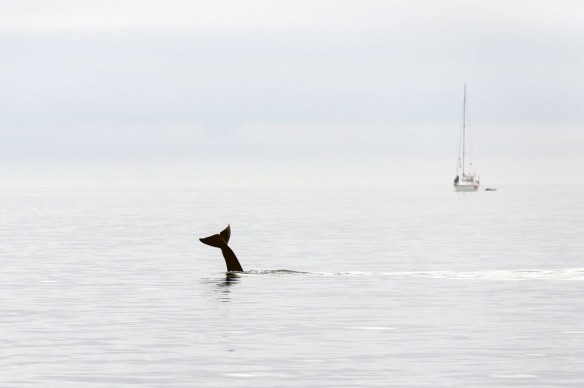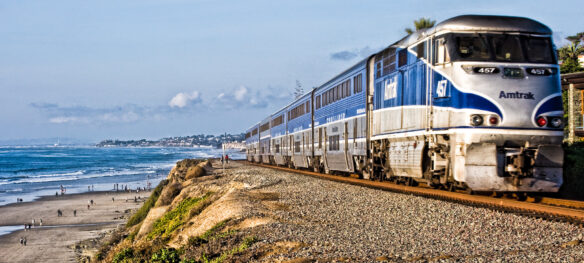
Photo source: ©© Ross G. Strachan
Excerpts;
Because orcas, like other toothed whales, use mid-and high-frequencies to communicate and find their prey, the study measured a wide range of frequencies (10 Hz to 40,000 Hz). The results show that ships are responsible for elevated background noise levels not only at low frequencies as expected, but also at medium and higher frequencies (including at 20,000 Hz where killer whales hear best). This means that in coastal environments where marine mammals live within a few kilometers of shipping lanes, ship noise has the potential to interfere with both communication and echolocation.
The study is unique because it estimates the source levels of larger populations and more classes of ships than in previous studies. Overall, container ships exhibited the highest median source levels…
Read Full Article, Science Daily
Accoustic Pollution and Marine Mammals, Nature
In the Canary Islands, 14 beaked whales washed ashore bleeding from the ears. All eventually died. A post-mortem examination revealed that the whales showed signs of decompression sickness (what scuba divers call “the bends”). Decompression sickness can occur when a mammal swims to the ocean’s surface too quickly, and the change in pressure produces lethal nitrogen gas bubbles that clog its blood vessels. Evidence of acute decompression sickness indicates unusual behavior. Over the past 40 years, cumulative research across the globe has revealed a coincidence between naval sonar testing events and acute decompression sickness in beached marine mammals…
Whales Benefit From Action On Ocean Noise, BBC News (03-04-2013)
A Rising Tide of Noise Is Now Easy to See, The New York Times (12-15-2012)
Navy study: Sonar, Blasts Might Hurt More Sea Life (05-14-2012)
Accoustic Pollution and Naval Sonar testing, Discover Magazine (01-26-2012)
Worldwide Ship Traffic Up 300 Percent Since 1992, AGU (11-29-2014)
Maritime traffic on the world’s oceans has increased four-fold over the past 20 years, likely causing more water, air and noise pollution on the open seas, according to a new study quantifying global ship traffic…
Super-sized ships: How big can they get? Independent (10-21-2014)
Despite the physical limits and risks, ships of more than 450m are anticipated within the next five years…
A Silent Victory For Marine Mammals, On Earth Magazine (04-03-2015)
A federal judge stands up to the noisy navy for the sake of marine mammals…









